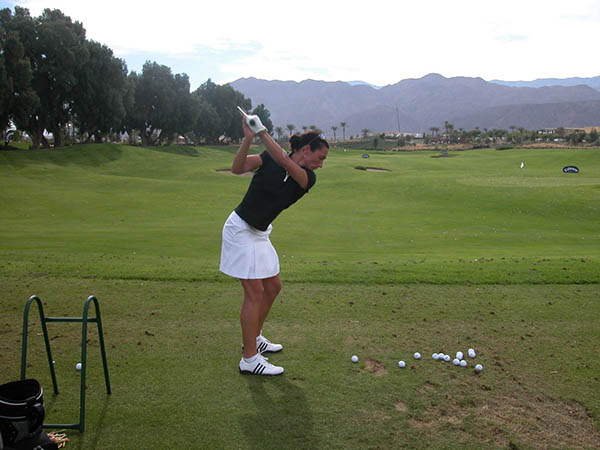The Golf Swing Has Two Distinct Parts

by Dr. T. J. Tomasi
Keiser University College of Golf Senior Faculty and Director of Research
The golf swing has two distinct parts categorized by time: the address position to the top and the much shorter interval from the start of the downswing to impact.
In the first part of the swing, elite players stay online to take advantage of feedback that keeps the unfolding swing in step with the plan. If there are deviations, adjustments are made, so feedback affects the swing. You must not be so committed to your backswing that feedback is ignored. The last part of the swing is so fast that it is not possible to consciously make effective changes once it’s underway, so your brain makes a projection of what should happen before the swing begins — basically, a guess. The best guessers use a combination of past experience, current information, and training to guide backswing adjustments.
The first part of your swing is like a rocket honing in on target guided by constant feedback — a few degrees right, a few degrees left, etc. In much the same way during the backswing, the brain guides the swing, using bracketing: too much, too little, just right. This is why you must stay in your online monitoring mode during your backswing, i.e., the slowness of the backswing allows for minor adjustments.
But part two of the swing is so fast you don’t have time to implement feedback. This is why the famous advice of Ben Hogan – ‘The downswing is no place to give yourself a lesson’ rings so true, and it must be reflected in your basic golf swing – no compensations or manipulation during the downswing.
Takeaway: We play this game in four dimensions, height, width, depth, and time, and your concept of time significantly impacts the other three. You can make small adjustments during the backswing, but as soon as the downswing starts, no corrections should be attempted.

Even this late in the backswing, this young pro can make a small correction to save the swing.

Here any adjustment will be late and usually end badly. Commit to your downswing for good or for ill.
If you’d like to study with Dr. Tomasi and other PGA Master Professionals, contact The College of Golf today.














